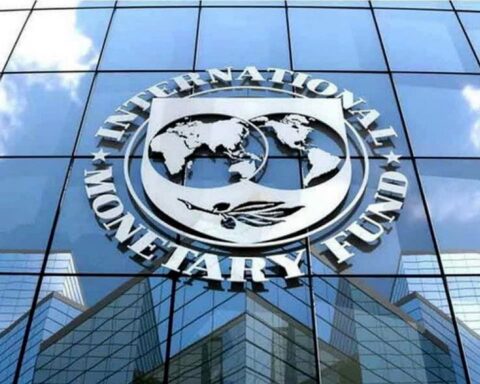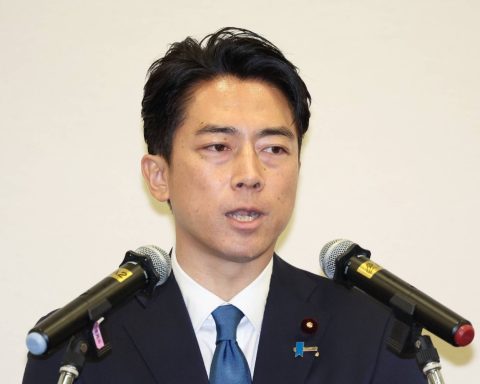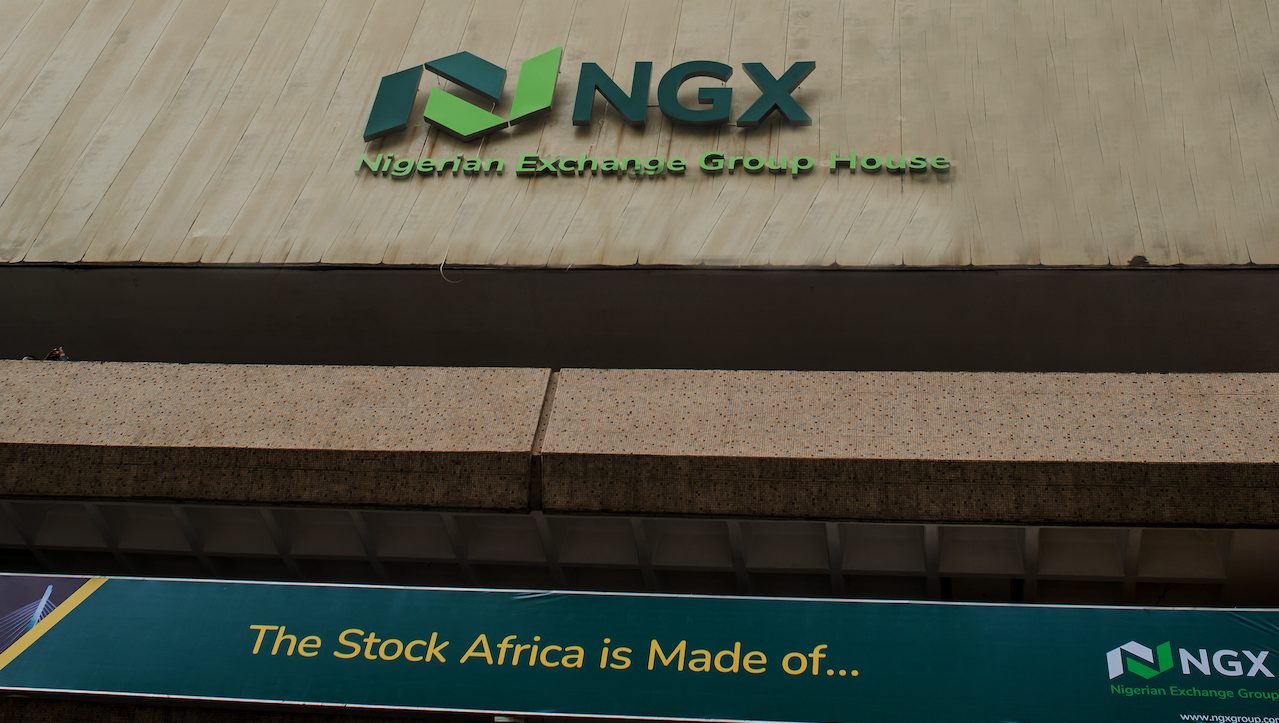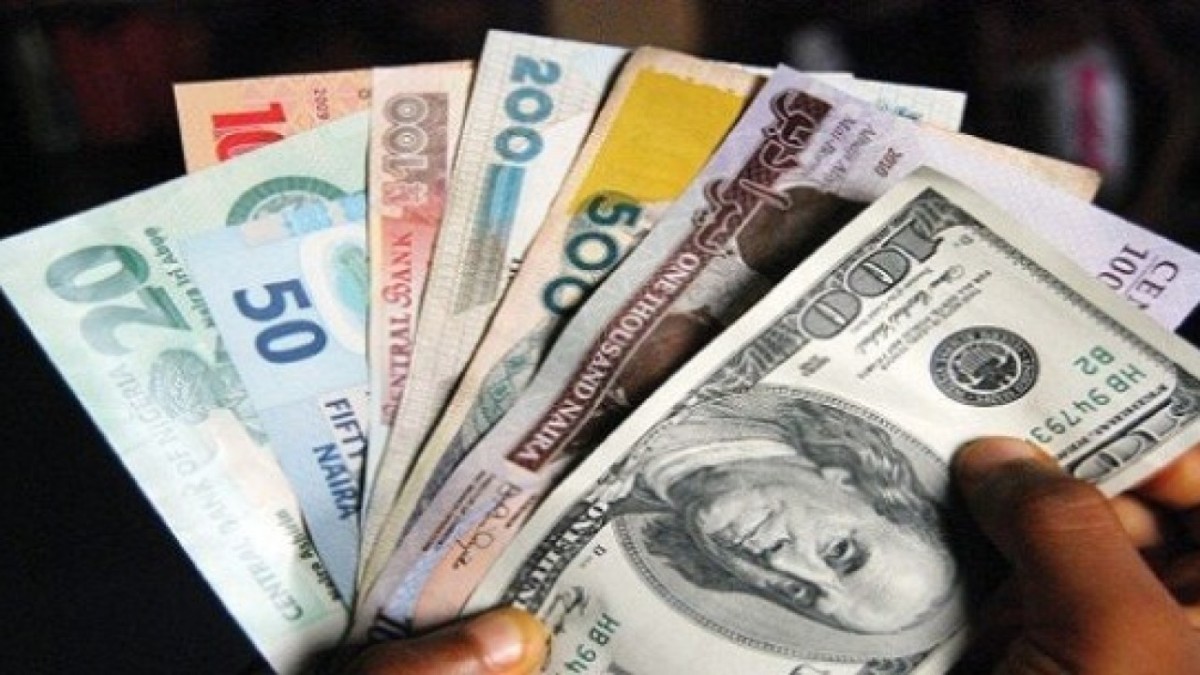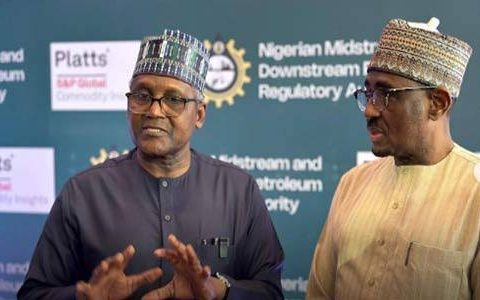The Nigerian government says the removal of fuel subsidy has significantly increased revenues for both state and local governments, marking a major shift in fiscal dynamics.
A policy explainer published by the National Orientation Agency (NOA) and titled “Two Years Later: Key Benefits of Subsidy Removal”, revealed that the fuel subsidy removal done at the inception of President Bola Tinubu’s administration led to a 28.6 per cent increase in revenues to the 36 states of the federation and 774 local government areas at the end of 2023 when they received a total of N6.16 trillion as FAAC allocations against N4.792 trillion in 2022.
Join our WhatsApp ChannelThe NOA report further indicated that the subsidy removal led to an astronomical increase in revenue to N15.26 trillion in 2024. This consequently pushed FAAC allocations to states and LGAs to N9.58 trillion, reflecting a N3.42 trillion increase (55.2 per cent) from what they received in 2023.
The NOA report revealed that between 2005 and 2022, the Federal Government under different administrations spent $84.39 billion on fuel subsidies, adding that it consumed more than 70 per cent of the government’s potential revenue.
However, a repeal of the policy in mid-2023, when Tinubu assumed office as president, ended this regime of fiscal waste.
“Removal of subsidy not only saved the entire economy from imminent collapse, it also rescued several states of the federation from bankruptcy,” the NOA report said.
“Upon the take-off of this incumbent administration, Nigeria was spending 97 per cent of its revenues to service debts until its debt profile exceeded N100tn.
“Fuel subsidies consumed more than 70 per cent of the potential Federal Government’s revenue, forcing both the central and state governments to resort to heavy borrowings to finance their budgetary expenditures, but the removal helped the country to save billions.”
It further stated that the surge in revenues due to the subsidy withdrawal has enabled the majority of states, which had previously struggled to pay salaries, to achieve financial stability despite the minimum wage increase.
READ ALSO: Why I Have No Regret Removing Fuel Subsidy – Tinubu
“States now swim in inflows of funds, paying salaries as at when due despite more than 100 per cent minimum wage increase and drastically reducing their debt portfolios because subsidy removal puts more money into their hands.
“In 2023, the 36 states of the federation and 774 local government areas got a total of N6.16tn as FAAC allocations, implying a 28.6 per cent increase from the N4.792tn they received in 2022, but in 2024, revenues rose astronomically to N15.26tn as a result of subsidy withdrawal, giving the states and 774 LGAs N9.58tn, which was N3.42tn higher than what they received in 2023,” it stated.
The NOA report cited records from the Debt Management Office (DMO), which show that the total domestic debt profile of the 36 states and FCT had declined from N5.82 trillion in June 2023 to N3.97 trillion in December 2024. “This implies that subnational administrations had repaid N1.85tn debts within one and a half years,” NOA stated.
The agency further noted that savings from subsidy removal have enabled the Tinubu administration to clear foreign exchange backlogs owed to foreign airlines and businesses, which amounted to $7 billion, and also caused a significant increase in the country’s external reserves, despite debt service obligations and forex interventions.
While highlighting other areas the subsidy savings have been deployed to such as paying off N7 trillion Ways and Means debt, Settling Nigeria’s $3.26 billion IMF loan, and reducing the debt service-to-revenue ratio from 97 per cent in 2023 to 68 per cent in 2024, the agency also stated that part of it has been invested in large-scale infrastructure.
It said this is reflected in the fact that Nigeria’s capital expenditure is higher than its recurrent expenditure in the 2025 Appropriation Act.
“Also, as part of the gains of subsidy withdrawal, for the first time in decades, Nigeria’s capital expenditure in the 2025 Appropriation Act is higher than its recurrent annual spending. Successive administrations had always allocated 70 per cent of their annual budgets to recurrent spending, leaving only a paltry 30 per cent for the capital budget,” NOA stated.
According to the government, the funds have been invested in road infrastructure and other projects focused on improving power supply, such as the Mambilla Hydropower Project.
Additionally, it stated that the savings from the subsidies are being used to fund reforms in the health sector, solid minerals, housing, education, and the digital economy.
Tinubu administration’s decision to remove fuel subsidy has received a series of backlash from Nigerians who cite the economic hardship it triggered. It has caused a spike in energy costs, transportation, and a spiral effect on food and other things in the country.
However, the government insists that the reforms were necessary to put the country on the path to economic sustainability.
Victor Ezeja is a passionate journalist with seven years of experience writing on economy, politics and energy. He holds a Master's degree in Mass Communication.







